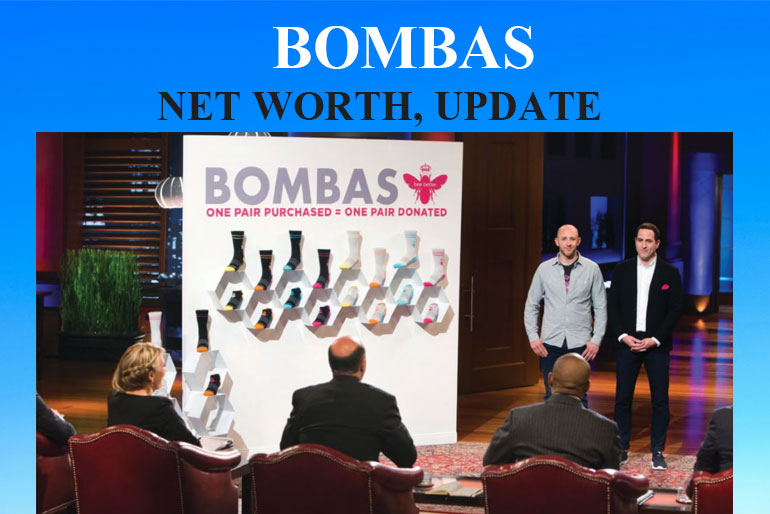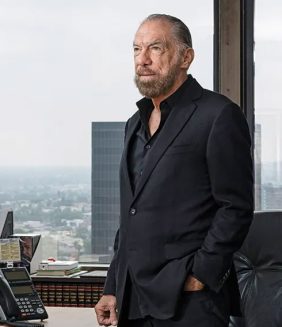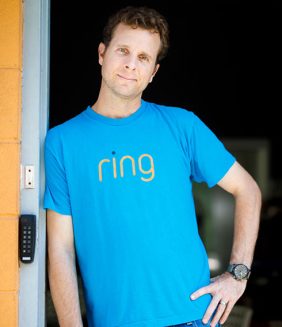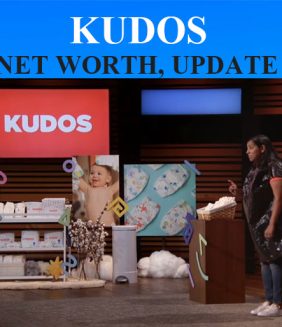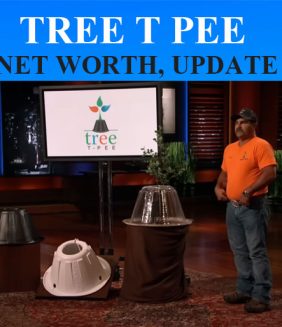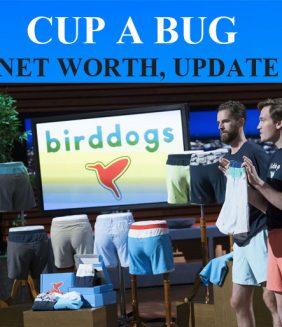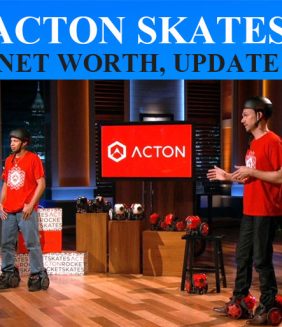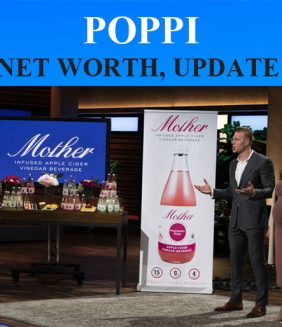Back in September 2014, co-founders David Heath and Randy Goldberg stepped onto the “Shark Tank” stage during Season 6 holding nothing fancier than a pair of bright-striped socks. Their ask — $200,000 for 5% of the company — sounded bold for a young brand with just $450,000 in lifetime sales. Most Sharks worried a buy-one-give-one sock model would squeeze profits, but fashion mogul Daymond John saw promise and countered with $200,000 for 17.5%. The founders shook hands, setting off a footwear fairy-tale that still tops the show’s leader board a decade later.
What happened right after the broadcast
The episode reran all weekend, orders piled up, and Bombas crossed a million dollars in sales within weeks. By 2018 annual revenue topped $100 million, proving that a comfort-first sock could punch far above its weight in an old-school category.
Fast-forward to 2025: how big is Bombas now?
- Annual revenue (2024): about $325 million
- Lifetime revenue: $2 billion-plus
- Estimated valuation (2025): $3.4 billion
- Employees: roughly 245 spread across design, e-commerce, and an expanding wholesale team
- Giving tally: 150 million+ socks, tees, and underwear donated to shelters and nonprofits so far
These headline numbers capture a business that’s matured from scrappy start-up to heavyweight social-impact brand.
So, what’s Bombas actually worth?
Because Bombas remains private, we rely on outside estimates. Multiple industry trackers peg the brand’s enterprise value at roughly $3.4 billion in early 2025, a figure based on revenue growth and typical apparel multiples. That valuation gives Daymond John’s original 17.5% stake a paper value somewhere between $100 million and $250 million, a breathtaking return on his $200,000 check.
Why the growth kept rolling
1. Comfort science in a humble sock
Bombas redesigned basics from the toe-seam up. Cushioned footbeds, honeycomb arch support, and a stay-put cuff turned an everyday item into a small luxury shoppers happily pay a few dollars more for.
2. A promise consumers understand in one line
For every item bought, another is donated. It’s simple, transparent, and quantifiable — no complicated carbon math required.
3. Channel discipline
For years Bombas focused almost exclusively on direct-to-consumer (DTC) sales, protecting margins and owning the customer relationship. Only in 2023 did the brand begin testing wholesale with Nordstrom, Scheels, and Dick’s Sporting Goods, today still under 10% of revenue.
4. Product line extensions
Underwear and T-shirts launched in 2019, slippers in 2022, and the first performance running sock in 2024. Each new piece follows the same “buy one, donate one” rule and uses feedback from Bombas’ homeless-shelter partners to refine durability and fit.
A leadership hand-off in 2025
In July 2025 Bombas named former Under Armour and Equinox Media executive Jason LaRose as CEO, while co-founder David Heath shifted to Executive Chair. The move signals Bombas’ push into new channels (possibly physical stores) and deeper category expansion while keeping founder DNA on strategy and mission.
Net worth vs. revenue: clearing up the terms
- Revenue is the money flowing in from sales. Bombas booked about $325 million of it last year.
- Net worth (often called valuation for a private company) tries to price the whole business if it were sold today. That’s where the ~$3.4 billion figure comes from.
- Founders’ personal net worth is harder to pin down because we don’t know how much equity each still holds after successive funding rounds. Public filings suggest the founders together retain a significant minority stake, but exact numbers stay private.
Keeping those definitions straight helps avoid confusion when outlets toss around “net worth” headlines.
The “Shark Tank” scorecard
| Metric | At taping (2014) | 2025 update |
|---|---|---|
| Lifetime sales | $450k | $2 billion+ |
| Annual revenue | $450k run-rate | $325 million |
| Items donated | 10,000 pairs (goal) | 150 million+ items |
| Company valuation | $1.14 million (post-deal) | ~$3.4 billion |
| Daymond’s stake value* | $200k investment | $100-250 million |
*Assumes no major dilution. Figures are best estimates from third-party analysts.
Impact in real life, not just numbers
Bombas partners with over 4,000 shelters and community groups across the U.S. Items created for donation have darker colors to hide stains, antimicrobial treatment for longer wear, and versatile sizing. Feedback loops with giving partners shape the retail line too, proving philanthropy can inform product R&D instead of merely siphoning funds.
Where the socks are made
Production is split among U.S. specialty mills for limited-edition runs and overseas factories in Peru, Taiwan, and China for scale and technical knits. Ethical audits and supplier codes of conduct aim to keep labor and environmental practices on par with Bombas’ outward-facing mission.
Challenges on the horizon
- Competitive crowding
Major athletic brands and DTC upstarts now push “mission-driven” socks and basics. Bombas must defend share without diluting margin through steep promos. - Wholesale learning curve
Selling through big-box chains adds inventory risk and squeezes pricing. The new CEO’s background suggests Bombas will tread carefully. - Economic slowdowns
Premium socks are discretionary. Bombas’ social pledge helps justify price, but recessions test even the strongest value propositions.
Opportunities that keep the forecast bright
- Physical stores — small community-centric boutiques doubling as donation drop-offs.
- International expansion — Canada and the U.K. lead online orders; local distribution could lift sales.
- Corporate gifting — branded office swag that also triggers equal donations resonates with HR teams focused on social impact.
Final thoughts
A decade ago, few believed socks could anchor a billion-dollar brand, let alone one grounded in giving. Yet Bombas shows that ordinary products plus extraordinary clarity of purpose can snowball into out-sized returns for investors and communities. With new leadership, fresh categories, and a donation counter racing upward, Bombas looks poised to remain “Shark Tank’s” greatest catch long after the cameras roll to commercial.


